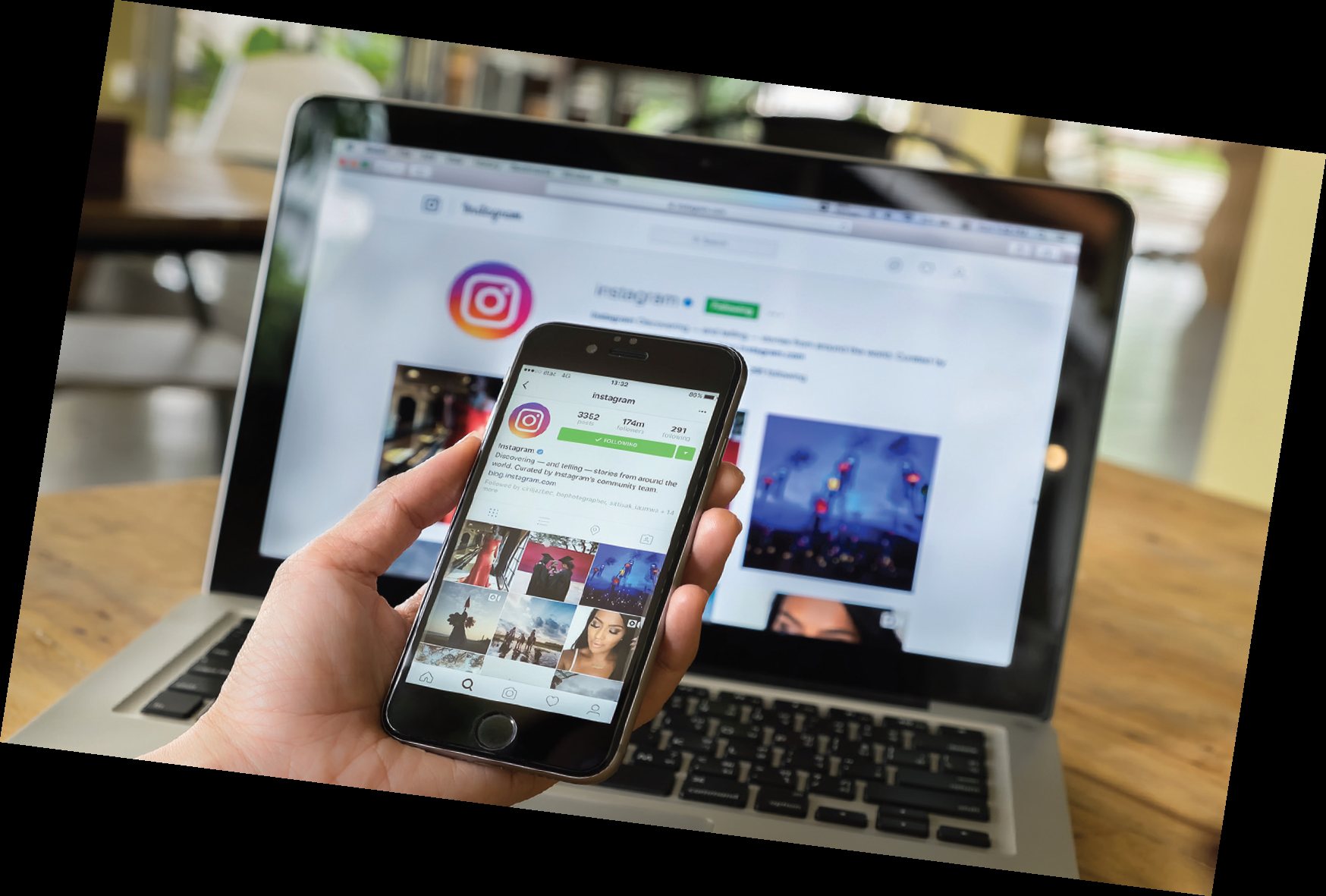How did Instagram start?
Kevin Systrom is the Chief Executive Officer (CEO) and co-founder of Instagram. Mike Krieger is the other cofounder. They say that “Instagram has been a surprising and overwhelming success for them.” It was a simple application with a handful of users in the beginning. The app itself took 8 weeks to build and ship, but finally it was a product of over a year of work. Kevin says “The story started while I was working for Nextstop. I was there working in marketing but my fascination with mobile apps prompted me to do more and more engineering at night on simple ideas. This helped me learn how to program although I didn’t have a degree in programming. My dreams were becoming achievable day by day.”
One of his ideas was combining elements of Foursquare (checkins) with elements of Mafia Wars. He figured he could build a prototype of the idea in HTML5 and get it to some friends. This prototype was called Burbn. His friends used it without any branding elements or design at all. He spent all his weekends working on improving it.
At a party for the Hunch folks he met some people. This was a turning point for the prototype as these people from Baseline Ventures and Andreessen Horowitz were very interested in the app and wanted to invest in it. We decided to meet up for coffee to talk about it. After the first meeting, Kevin decided to quit his job in marketing and focus on building a company. He raised $500k from both Baseline and Andreessen Horowitz, and formed a team. Mike Krieger and Kevin started talking and Mike liked the idea of helping to start the company, too. Once he joined, they took a step back and looked at the product as it stood. By this time they had built Burbn into a (private) really neat HTML5 mobile web app. You could check in to locations, make plans (future check-ins), earn points for hanging out with friends, post pictures etc. using this app. They decided that it was better to focus on one thing. They saw mobile photos as an awesome opportunity to try out some new ideas and launched a version that focused only on photos. It was a misfortune that things went pretty badly and then they went back to creating a native version of Burbn. It was really difficult to decide but we cut everything in the Burbn app except for its photo, comment and like capabilities. The app with the remaining features was named Instagram. Surprisingly, it became a complete success in the end.

